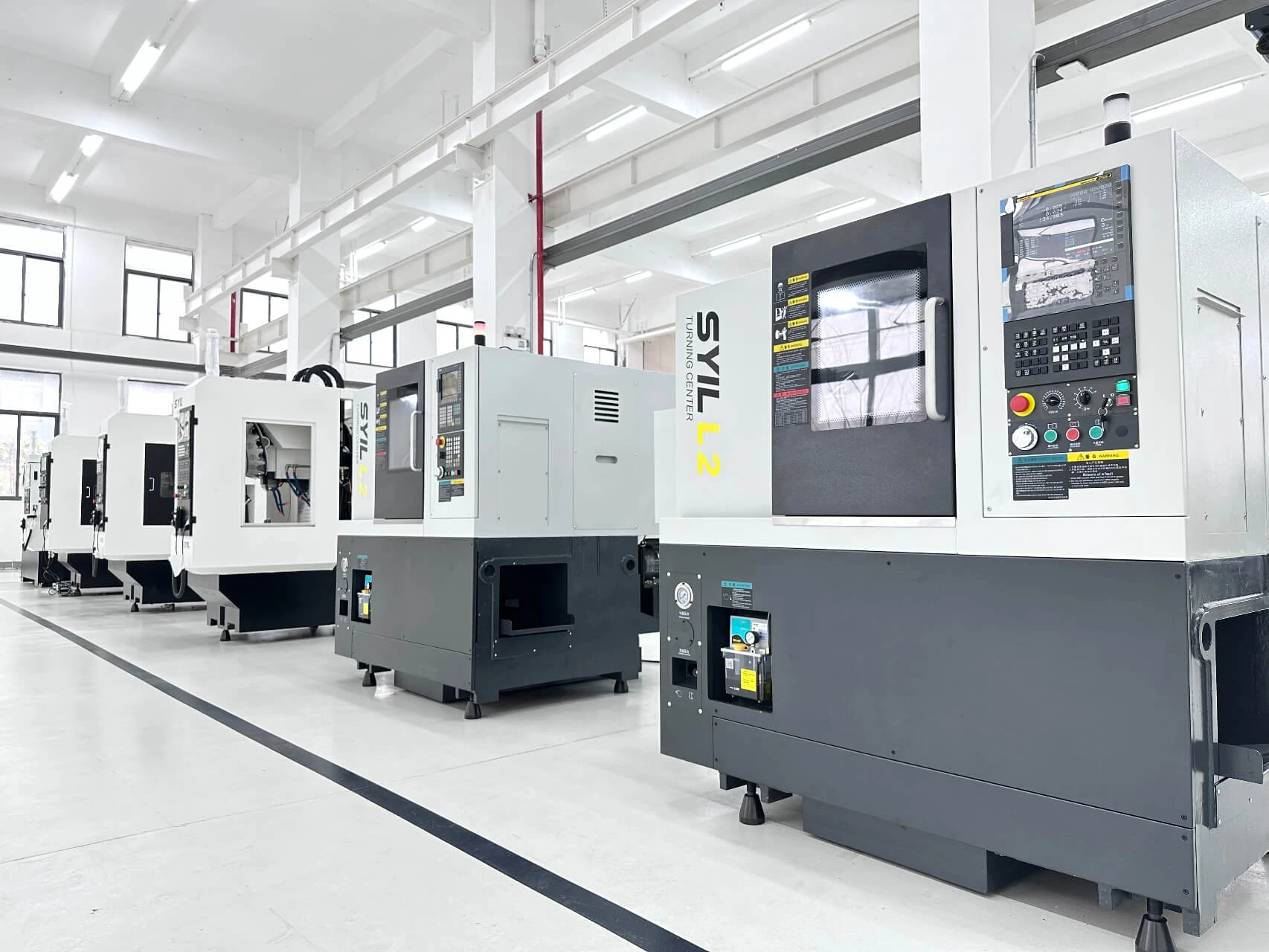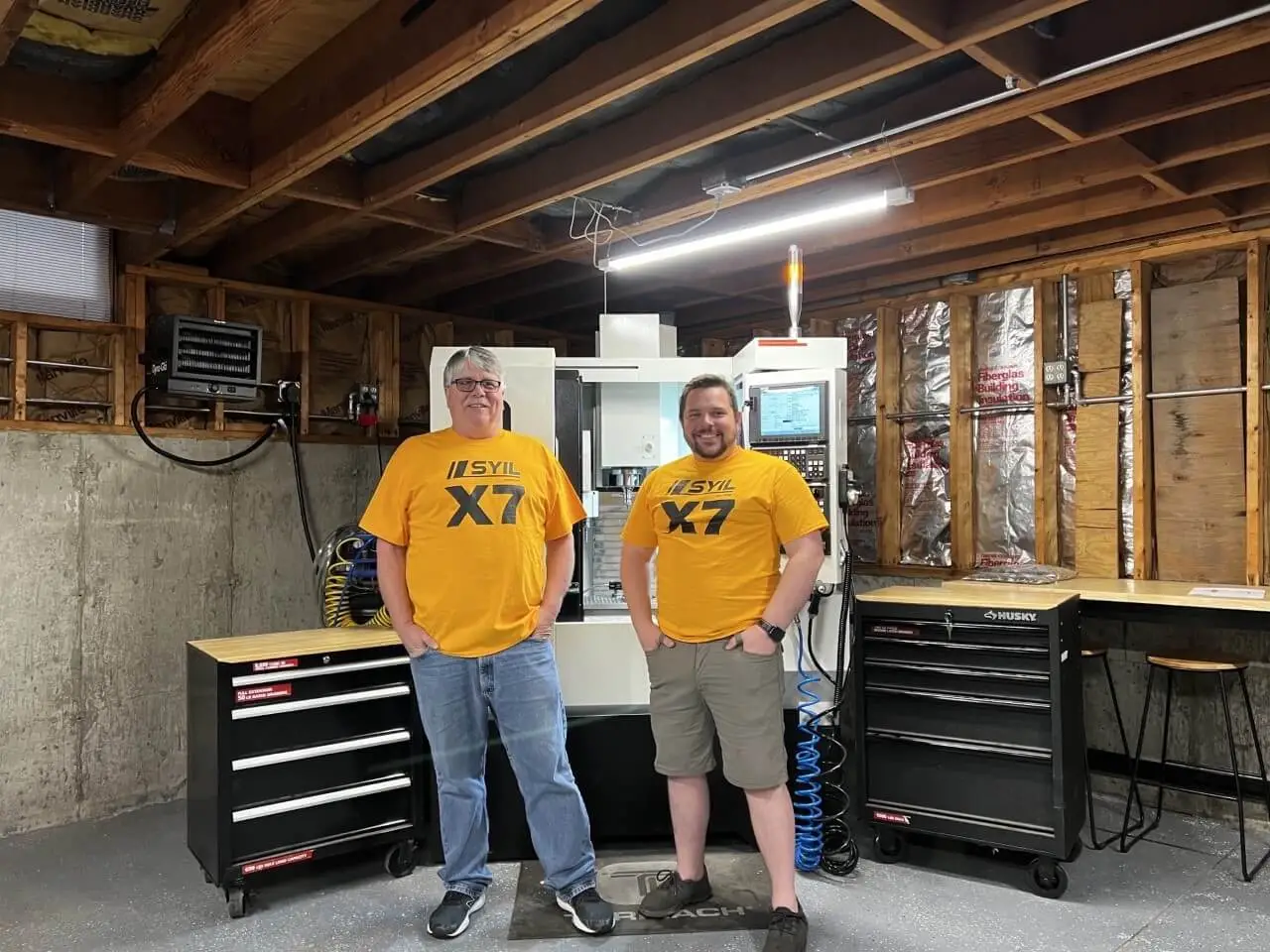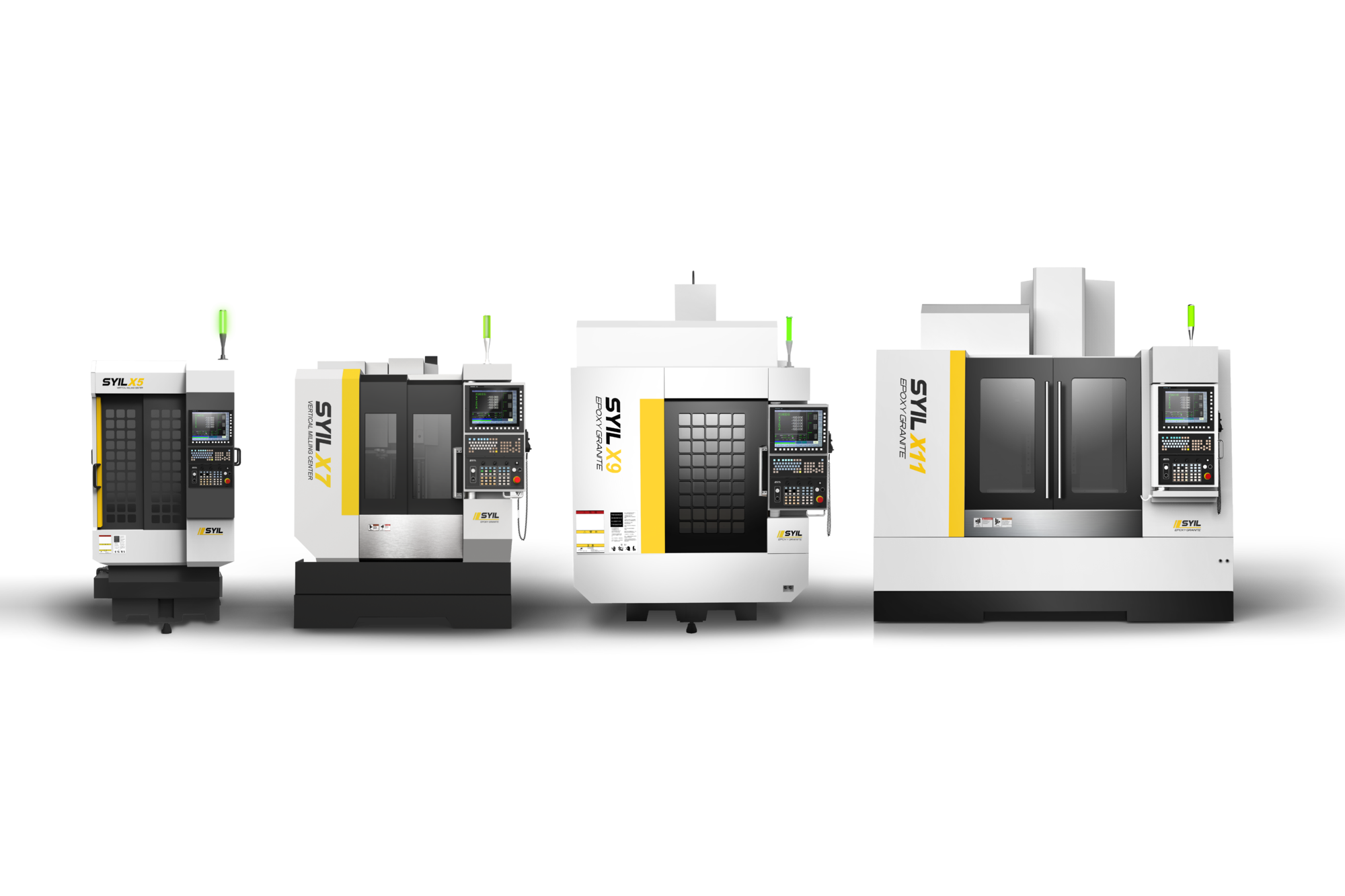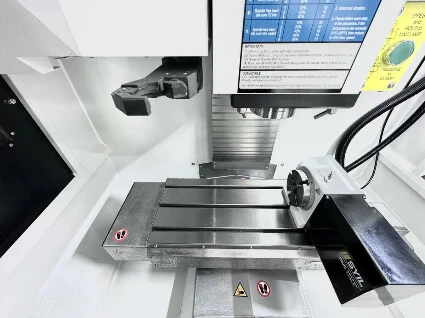Introduction

In the realm of manufacturing, the milling process stands out as a pivotal technique that shapes materials into precise forms. Understanding the milling process in manufacturing is crucial for anyone looking to grasp how various components are crafted with accuracy and efficiency. From its historical roots to modern advancements, milling has evolved into a sophisticated method that plays a vital role in numerous industries.
Understanding the Milling Process
What is milling in manufacturing? At its core, milling involves removing material from a workpiece using rotary cutters to achieve desired shapes and dimensions. This subtractive machining process allows for high precision and versatility, making it an essential method for fabricating parts across diverse sectors.
Key Benefits in Manufacturing
The benefits of the milling process in manufacturing are manifold, including enhanced precision, improved surface finishes, and increased production rates. By employing various cutting techniques and tools, manufacturers can achieve intricate designs that would be challenging with other methods. Furthermore, this adaptability enables companies to respond swiftly to market demands while maintaining quality standards.
Importance of Milling Applications
Milling applications span a wide range of industries—from automotive to aerospace—demonstrating its significance in modern production practices. The ability to create complex geometries efficiently makes it indispensable for custom fabrication and prototyping projects as well. As we delve deeper into the intricacies of the milling process, we uncover not only its operational steps but also its fundamental forms and types of mills used today.
What is Milling in Manufacturing?

Milling is a fundamental process in manufacturing that involves the removal of material from a workpiece to shape it into the desired form. This technique utilizes rotary cutters to achieve precision and efficiency, making it a cornerstone of modern machining. Understanding what milling is in manufacturing helps illuminate its crucial role in producing components across various industries.
Definition and Overview
The milling process in manufacturing refers to the method of machining using rotary cutters to remove material from a workpiece. It can create complex shapes, slots, holes, and other features that are essential for component functionality. In essence, milling transforms raw materials into usable products through a series of precise cuts and adjustments.
Historical Context of Milling
Historically, milling dates back centuries when early artisans used rudimentary tools for shaping materials like wood and stone. The advent of mechanized milling machines during the Industrial Revolution marked a significant leap forward, allowing for more intricate designs and faster production rates. Today’s milling processes have evolved dramatically from those early days, incorporating advanced technologies that enhance accuracy and reduce waste.
Modern Advances in Techniques
Modern advances in techniques have revolutionized the milling process in manufacturing, introducing computer numerical control (CNC) technology that allows for unparalleled precision and repeatability. These innovations enable manufacturers to produce complex geometries with minimal human intervention while significantly improving efficiency. Moreover, advancements like high-speed machining and multi-axis mills have broadened the scope of what is possible within all about milling in machining.
What are the Steps in the Milling Process?

The milling process in manufacturing is a sophisticated dance of precision and technique, transforming raw materials into finely crafted components. Understanding what is milling in manufacturing requires a closer look at the systematic steps involved. Each stage plays a crucial role in ensuring that the final product meets stringent quality standards and specifications.
Initial Setup and Preparation
Before any cutting begins, initial setup and preparation are paramount to a successful milling operation. This phase involves selecting the right tools, setting up the machine, and ensuring that materials are properly secured. The milling process in manufacturing demands meticulous attention to detail; even minor oversights can lead to significant errors down the line.
During this stage, operators also need to calibrate machines according to specific requirements of what is milling in manufacturing. This includes adjusting feed rates, spindle speeds, and tool paths tailored for different materials. Proper setup not only enhances efficiency but also minimizes waste—an essential consideration for any modern manufacturer.
Cutting and Shaping Materials
Once everything is set up perfectly, it’s time for the heart of what are the steps in the milling process: cutting and shaping materials. This stage involves removing material from a workpiece using rotating cutting tools, which can vary widely depending on desired shapes and finishes. Conventional milling techniques may be employed here or more advanced climb milling methods based on project needs.
Cutting speeds must be optimized to ensure smooth operation while maintaining tool longevity—a balancing act that experienced machinists navigate with finesse. The result of this phase should be accurately shaped components that align with design specifications; after all, precision is key when discussing all about milling in machining!
Finishing Touches and Quality Checks
The final step encompasses finishing touches and rigorous quality checks to ensure that each component meets high standards before leaving the shop floor. During this phase, additional processes such as sanding or polishing may be performed to achieve desired surface finishes or tolerances—because who doesn’t love a shiny new part?
Quality checks often involve measuring dimensions with specialized tools or equipment to confirm adherence to specifications outlined earlier in production planning stages—after all, what are three basic forms of the milling process without stringent quality assurance? Final inspections can make or break products destined for industries like aerospace or automotive where precision is non-negotiable.
In summary, understanding what are the steps in the milling process highlights how each element contributes significantly to overall efficiency and effectiveness within manufacturing settings.
What are Three Basic Forms of the Milling Process?

When diving into the milling process in manufacturing, it’s essential to understand that there are three primary forms: conventional milling, climb milling, and a comparative analysis of both. Each method has its unique characteristics and applications that cater to different machining needs. Knowing these forms can greatly enhance your understanding of what is milling in manufacturing and how it fits into various industries.
Conventional Milling Techniques
Conventional milling techniques, often referred to as up-milling, involve the cutter rotating against the direction of the feed motion. This means that as the cutter engages with the material, it begins cutting at a point where it meets fresh material and gradually exits through already machined areas. One of the key advantages of this method is its ability to produce a smooth finish on softer materials, making it a popular choice for many initial phases in what are the steps in the milling process.
However, conventional milling does come with its drawbacks; primarily, it can lead to increased tool wear due to higher friction levels generated during cutting. The setup requires careful adjustments for optimal performance and may not be as efficient on harder materials compared to other methods. Understanding these nuances is crucial for manufacturers seeking effective solutions within their milling applications.
Climb Milling Explained
Climb milling is quite different from its conventional counterpart; here, the cutter rotates in sync with the direction of feed motion. This technique allows for a more efficient cutting action since chips are removed more effectively and tool life can be extended due to reduced frictional forces. In climb milling, each cut begins at maximum engagement before tapering off as material is removed—this results in better surface finishes and often eliminates burrs.
This method shines when working with tougher materials or when precision is paramount—perfectly aligning with modern demands in manufacturing processes across various sectors like aerospace or automotive industries. However, it's important to note that climb milling requires robust machinery capable of handling these dynamics; otherwise, backlash can lead to inaccuracies during production runs.
Comparison of Different Forms
When comparing conventional and climb milling techniques within all about milling in machining contexts, several factors come into play: surface finish quality, tool longevity, and efficiency rates during operations must be considered carefully. Conventional milling tends to excel when dealing with softer materials but falls short on harder substances where climb milling takes precedence due to its superior chip removal capabilities.
Moreover, while both methods have their place in what are three basic forms of the milling process?, choosing between them often comes down to specific project requirements such as desired finish quality or material hardness being processed. Ultimately understanding these differences helps manufacturers maximize efficiency while ensuring high-quality outputs across diverse applications within their production lines.
What are Mills in Manufacturing?

When diving into the milling process in manufacturing, one quickly realizes that the term mill encompasses a wide range of machinery designed to shape materials with precision. Mills are essential tools that facilitate various operations, from cutting and drilling to grinding and shaping. Understanding what mills are in manufacturing is crucial for anyone looking to optimize their production processes.
Types of Mills Used Today
In today's manufacturing landscape, several types of mills cater to different needs and applications. Vertical mills, horizontal mills, and universal mills are among the most common types used across industries. Each type offers unique advantages depending on the specific requirements of the milling process in manufacturing, such as material type, desired finish, and production speed.
Vertical mills utilize a vertically oriented spindle for cutting materials, making them ideal for intricate designs and detailed workpieces. Horizontal mills feature a horizontally aligned spindle which allows for thicker materials to be processed more efficiently. Universal mills combine both vertical and horizontal capabilities, providing versatility that enhances productivity throughout various stages of the milling process.
Role of SYIL CNC Machines
SYIL CNC machines have revolutionized what is milling in manufacturing by offering advanced technology that enhances both precision and efficiency. These machines incorporate computer numerical control (CNC) systems that allow manufacturers to automate complex machining tasks with remarkable accuracy. By utilizing SYIL CNC machines, businesses can streamline their operations while ensuring consistent quality throughout all steps in the milling process.
The integration of SYIL CNC technology means reduced manual intervention during machining operations, leading to fewer errors and higher throughput rates. Additionally, these machines support a wide range of materials—making them versatile tools for various industries looking to innovate their milling applications further. With SYIL CNC machines at their disposal, manufacturers can push boundaries previously thought unattainable in terms of design complexity and production speed.
Advantages of Mini CNC Machines
Mini CNC machines bring a new dimension to what are mills in manufacturing by catering specifically to small-scale projects or tight spaces without sacrificing quality or performance. These compact devices offer significant advantages such as affordability, ease of use, and minimal space requirements—making them an attractive option for hobbyists or smaller enterprises venturing into custom fabrication or prototyping.
One notable advantage is their ability to perform intricate cuts with precision typically reserved for larger counterparts; this makes mini CNC machines perfect for detailed work where every millimeter counts within the milling process in manufacturing context. Moreover, they often come equipped with user-friendly interfaces that simplify programming even for those new to machining—therefore lowering barriers for entry into All About Milling in Machining technologies.
In summary, understanding what are mills in manufacturing provides insight into how diverse machinery contributes significantly toward optimizing production processes across various industries—from automotive innovations down through custom fabrication efforts—all while enhancing efficiency through advanced technologies like SYIL CNC systems or compact mini models.
Milling Applications Across Industries

Milling applications have become integral to various industries, showcasing the versatility and efficiency of the milling process in manufacturing. From automotive innovations to aerospace precision, the breadth of milling's impact is expansive. In this section, we will explore how different sectors utilize milling techniques, emphasizing the importance of understanding what is milling in manufacturing.
Automotive Sector Innovations
The automotive sector has embraced the milling process in manufacturing to enhance vehicle performance and safety. Innovations such as lightweight materials and intricate designs require precise machining methods; therefore, understanding what are the steps in the milling process becomes crucial for manufacturers. By employing advanced CNC mills, automotive engineers can create complex components that not only meet stringent safety standards but also improve fuel efficiency.
Milling applications in this field extend beyond mere production; they also play a vital role in prototyping new models. The ability to quickly fabricate parts through custom machining allows for rapid iterations during vehicle development. Ultimately, these innovations lead to better-performing vehicles that meet consumer demands while adhering to environmental regulations.
Aerospace Manufacturing Processes
Aerospace manufacturing processes heavily rely on precision and accuracy, making the milling process essential for creating critical components like turbine blades and fuselage sections. In this industry, what are three basic forms of the milling process? Conventional milling techniques may be used alongside climb milling for specific tasks requiring different cutting strategies. Each form offers unique advantages depending on material properties and desired outcomes.
Furthermore, modern advancements have introduced sophisticated tools that enhance quality control during machining operations. This ensures that every component produced meets rigorous aerospace standards while optimizing material usage—a key consideration given the high costs associated with aerospace materials. The integration of advanced technology into these processes illustrates how vital all about milling in machining has become for maintaining competitiveness.
Custom Fabrication and Prototyping
Custom fabrication and prototyping have transformed significantly due to advancements in the milling process in manufacturing. Businesses across various sectors now leverage CNC mills for tailored solutions that address specific client needs or niche markets—highlighting a growing trend towards personalized products. Understanding what are mills in manufacturing allows companies to select appropriate machinery suited for their unique fabrication requirements.
Moreover, rapid prototyping facilitated by efficient milling applications enables designers to test concepts quickly before committing to mass production runs. This agility leads to shorter product development cycles while ensuring high-quality outputs aligned with market demands. As industries continue evolving, custom fabrication through innovative machining methods promises exciting developments ahead.
Conclusion

The milling process in manufacturing has evolved significantly, paving the way for innovative applications across various sectors. As we look toward the future, it’s evident that advancements in technology will continue to shape the landscape of this essential technique. From automated systems to smarter control mechanisms, the milling process will likely become even more integral to efficient production.
The Future of Milling in Manufacturing
The future of milling in manufacturing is poised for transformation with the integration of cutting-edge technologies such as AI and machine learning. These innovations promise to enhance what is milling in manufacturing by optimizing processes and reducing human errors. Moreover, as industries demand higher precision and customization, the milling process will adapt by incorporating more advanced machinery and techniques.
Enhancing Precision with Technology
Enhancing precision with technology is a game-changer for all about milling in machining. Modern CNC machines are equipped with sophisticated software that allows for intricate designs and flawless execution, ensuring that every step in the milling process is meticulously controlled. This level of accuracy not only improves product quality but also streamlines what are the steps in the milling process by minimizing waste and rework.
Maximizing Efficiency in Production
Maximizing efficiency in production through optimized mills in manufacturing can lead to significant cost savings and faster turnaround times. By implementing lean manufacturing principles alongside modern milling techniques, companies can achieve a seamless workflow that enhances productivity while maintaining high-quality standards. Ultimately, understanding what are three basic forms of the milling process allows manufacturers to select appropriate methods tailored to their specific needs, ensuring they remain competitive.

